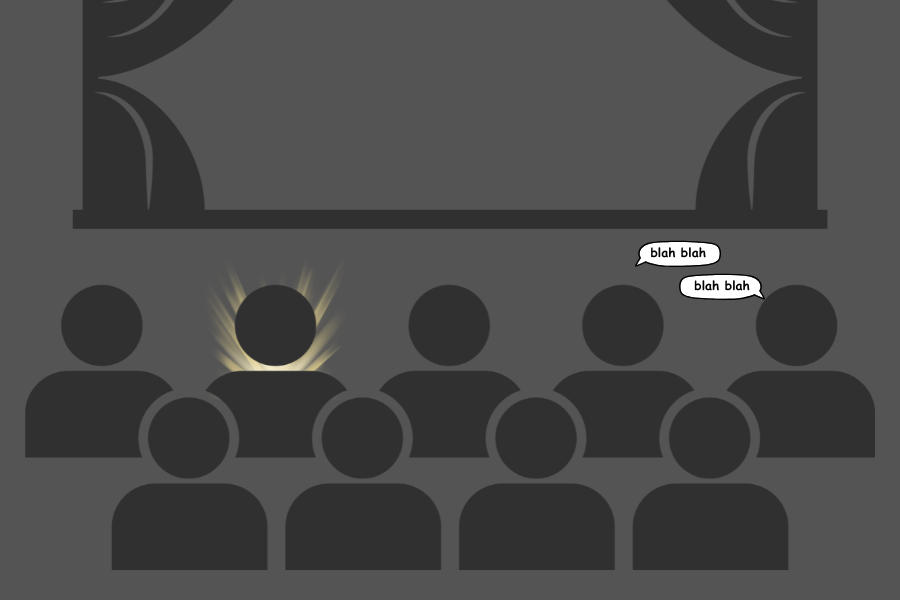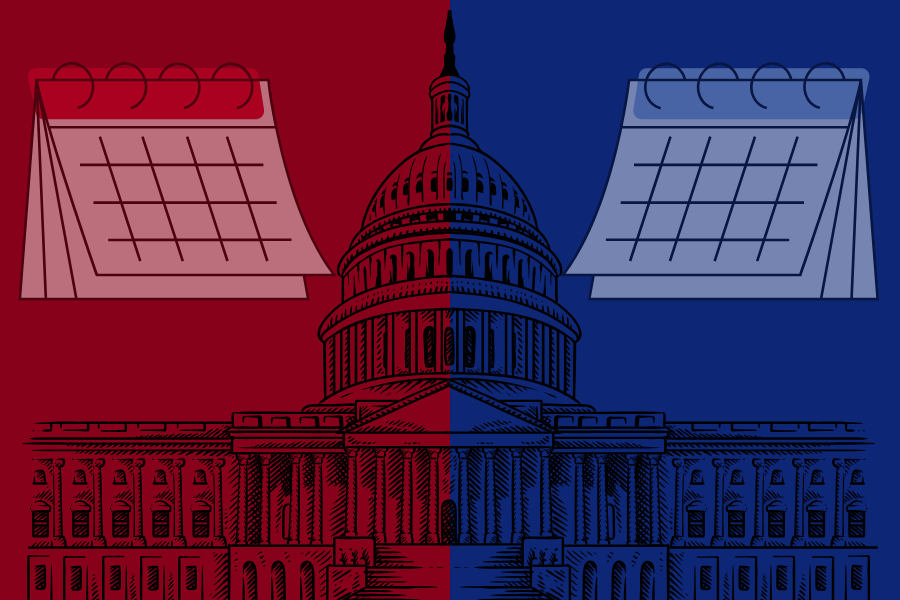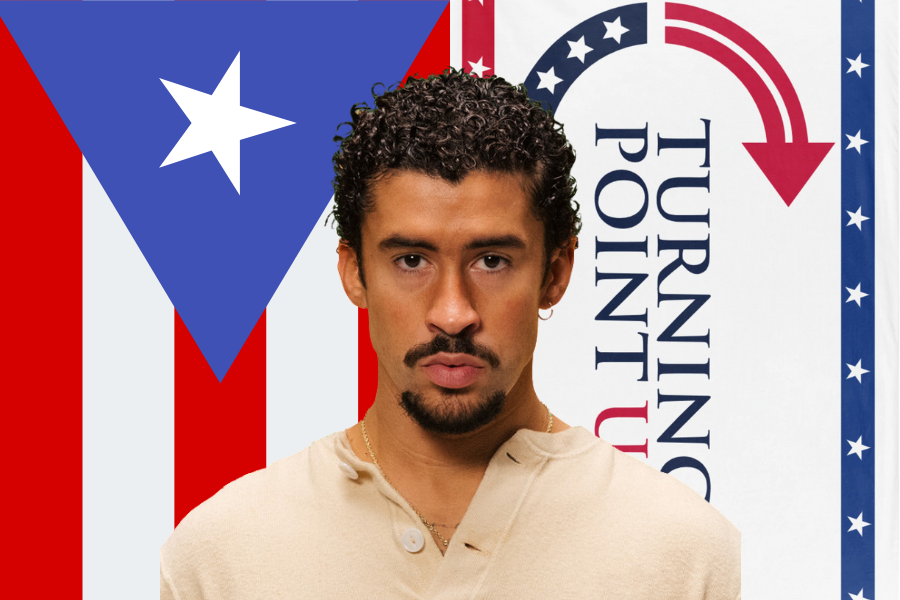Division I athletics is a multi-million dollar industry. College sports produce future professional athletes and Olympians while simultaneously making products displaying the names on the backs of these players’ jerseys. Stadiums are packed with screaming, rowdy, and customers coming to see these athletes play.
It would be irresponsible to state that there is not enough cash flow to compensate players in monetary form, like a trust fund, that student athletes can access following graduation or following every athletic season. It’s time for student athletes to be rewarded not just for the money they produce, but the money they save schools on marketing and the money companies make off of their names. It’s time for student athletes to stop being at institutions’ disposal for generating income. The money is there – it’s just a matter of redistributing it.
As of the 2015-2016 academic years, there was $797.7 million in revenue for Division I Men’s Basketball – for television and marketing rights alone. In addition, there was a gain of $123.5 million in championship ticket sales. That’s $921.2 million for the NCAA alone just from basketball, according to the NCAA website.
But all is at the expense of the athlete, not the institution or program, as the athletes do not see a cent.
The most common argument is that institutions pay it in the form of scholarships, apparel, trainers and other assets that athletes can use. And this claim isn’t entirely bogus. However, programs can pay for clothing, travel and scholarships, but many college students, even those who aren’t athletes, would claim that being provided for in cash value is much more valuable than material objects.
According to two-time Pro-Bowler Richard Sherman during a pre-Super Bowl press conference in 2015, student athletes are not given the time they need to excel in school and often have trouble coming up with money for everyday necessities. During the interview, Sherman reminisced on his own time at Stanford University where he played college football and earned a degree in communications.
“Usually my [bank] account was in the negative more time than it was in the positive. You’ve got to make decisions on whether you get gas for your car or whether you get a meal for the day,” said Sherman.
It is not about student athletes choosing not to work either. According to an article published in 2014 by Marc Edelman, a contributor to Forbes, “The typical Division I college football player devotes 43.3 hours per week to his [or her] sport.”
This doesn’t even include the hours student athletes put into schoolwork. It would be difficult to argue that student athletes could work part-time as a large portion of college students do to have some tangible money to walk around with.
In addition, Edelman also points out that if a sports program performs at a high caliber, student applications rise to any given institution.
The fact of the matter is that Division I athletes contribute to colleges in more than just money. A sports program that performs well produces media coverage – and with coverage of student athletes comes marketing for the school, turning outstanding athletes into free marketing puppets for the school.
Overall, Division I athletes in universities across the U.S. should be compensated for the time they put in as a full-time athlete while being a full-time student.








